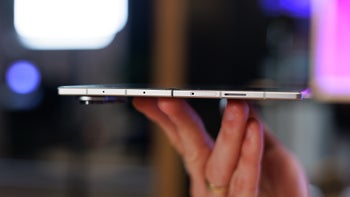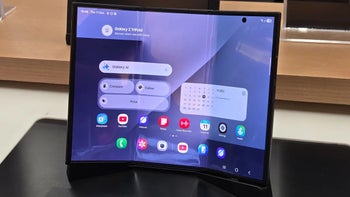You might not like what the newest Pixel 10 leak just revealed for US buyers
No more physical SIM on most models.

Google’s next big flagship launch is almost here – the Pixel 10 series will officially debut on August 20 – and, as is tradition, the leaks have already done most of the unveiling for us. But now, a fresh leak has plugged one of the last remaining gaps, and it’s a change that could spark some debate among US buyers.
According to this new info, Google is set to ditch the physical SIM card on most Pixel 10 models sold in the US. That includes the regular Pixel 10, the Pixel 10 Pro and the Pixel 10 Pro XL. The only exception? The foldable Pixel 10 Pro Fold which will keep physical SIM support alongside eSIM.
Outside the US, Google may still offer physical SIM slots, following the same strategy Apple uses with its iPhones – eSIM only in the States, but physical SIM compatibility in other markets.
For some, this change could be a total deal breaker. But for others, it might actually be a win. Going eSIM-only means easier carrier switching – no more fiddling with tiny plastic cards. So if you decide to jump ship from Verizon (as plenty of customers have been doing lately after the carrier’s latest unpopular moves), you could be up and running with T-Mobile or AT&T in minutes.
There is also a security benefit here: without a physical SIM, there’s nothing to remove or tamper with. And, on the hardware side, removing the SIM tray frees up precious space inside the phone, which could be used for more advanced components or even a bigger battery.
Sure, it might take a little adjustment, but eSIM is clearly where the industry is headed – with physical SIM cards likely to disappear completely in the next few years.
Of course, eSIM isn’t the only change on the table. The Pixel 10 series will also bring some hardware upgrades. The standout? The Pixel 10 Pro XL is rumored to pack a massive 5,200 mAh battery – the largest ever in a Pixel device.
— Evan Blass (@evleaks) August 8, 2025
Tipster reports that the P10, P10P, and P10PXL will all ditch the physical SIM tray in favor of two active eSIM slots; only the P10PF will support hardware SIMs.
Outside the US, Google may still offer physical SIM slots, following the same strategy Apple uses with its iPhones – eSIM only in the States, but physical SIM compatibility in other markets.
For some, this change could be a total deal breaker. But for others, it might actually be a win. Going eSIM-only means easier carrier switching – no more fiddling with tiny plastic cards. So if you decide to jump ship from Verizon (as plenty of customers have been doing lately after the carrier’s latest unpopular moves), you could be up and running with T-Mobile or AT&T in minutes.
Sure, it might take a little adjustment, but eSIM is clearly where the industry is headed – with physical SIM cards likely to disappear completely in the next few years.
Of course, eSIM isn’t the only change on the table. The Pixel 10 series will also bring some hardware upgrades. The standout? The Pixel 10 Pro XL is rumored to pack a massive 5,200 mAh battery – the largest ever in a Pixel device.
This is how the Pixel 10 Pro XL should look like. | Image credit – WinFuture
All models should run on the new Tensor G5 chip, with 16 GB of RAM for the Pro variants. And naturally, expect a fresh wave of AI features, as Google continues to push its Gemini AI deep into the Pixel experience.
It’s shaping up to be a big year for the Pixel lineup – just maybe not for fans of the trusty old SIM card.
It’s shaping up to be a big year for the Pixel lineup – just maybe not for fans of the trusty old SIM card.
Follow us on Google News














Things that are NOT allowed:
To help keep our community safe and free from spam, we apply temporary limits to newly created accounts: